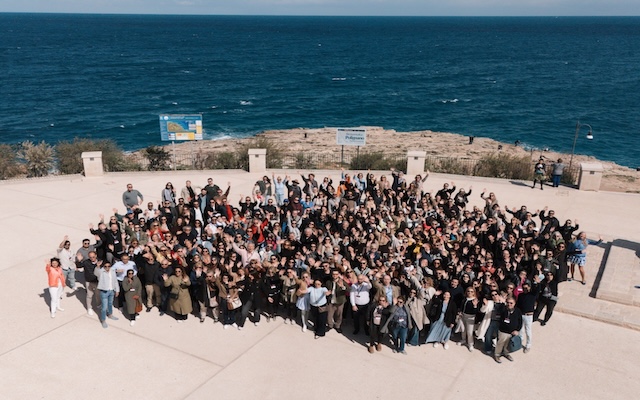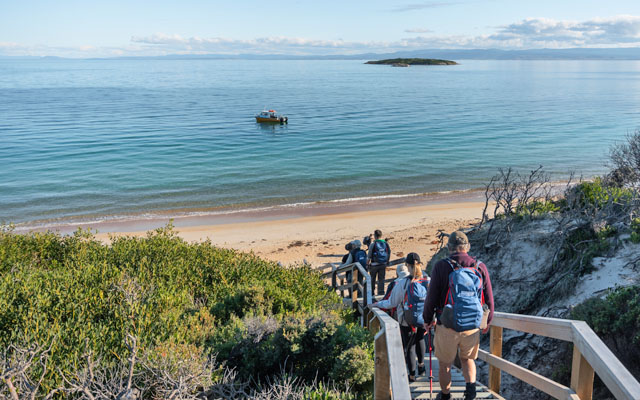Destination content technology company Smartvel's CEO Inigo Valenzuela breaks down the digital best practices from top tourism boards and identifies what DMOs can do to better engage visitors on their websites
There are an unlimited number of online resources travellers can use to plan and book their holidays. Platforms such as Instagram, Facebook and TripAdvisor are great sources of information and inspiration, but with so much potential coming from digital channels, destinations should be able to provide the perfect solution to their potential and current visitors.
DMOs need to highlight the great things their exciting city has to offer and make it as welcoming as possible, and their website is fundamental to their marketing strategy. In most cases it’s the travel bureau’s first point of contact for the traveller so they need to make the biggest impact.
A great user experience, together with engaging and inspirational content is key. There is so much we can learn from the most visited destinations in the world when it comes to web performance. The report analyses how these websites perform in terms of content and other general digital aspects.

Language
Very important. English is the international language of course, but offering a variety of languages on your website is key to delivering a better experience. Searching in your native language makes it easier for users to find what they are looking for.
Images and videos
It’s all about the visuals. High-quality, beautiful images and videos are what grab people’s attention. Yes, you need some copy in there too but keep it short. Users want great pictures and inspirational videos. Blurry or poor quality images will turn people away.
Mobile and app versions
Travelport Digital’s Mobile Travel Trends 2019 report focused on the ‘Battle for the Phono sapien’ -–the mobile-first customers who look at their phone every 12 minutes. According to eMarketer, by 2021, mobile will represent nearly half of all digital travel sales.
Travellers are looking for a joined-up experience wherever and whenever they engage, and this includes apps. DMOs which are not investing enough in mobile will fall behind. Invest in a mobile version of your site. It enables users to navigate smoothly and easily on a small screen. Apps enable users to be one click away from the information provided, being able to access it as their own guide.
Trip planner
Travellers want to facilitate their trip planning. A simple tool will simplify the process and make itinerary planning an enjoyable experience. Go Tokyo is a great example. They have a trip planner that enable users to select their favourite experiences and build their own travel itineraries.
Dynamic content
Many DMO sites contain content that is static – sites, attractions, restaurants and so on – but travellers want up-to-the-minute information on local events, concerts, theatres and much more. By including dynamic information on your site, users are able to add unique experiences to their itineraries.
An events calendar is a great way to display this information, and the City of Buenos Aires website is a great example. The site provides a complete trip planning solution and app for all citizens and visitors. It includes an option to create personalised itineraries, the booking of tours and activities directly on the platform, and sharing content via email or across social media.
Guides
Every traveller needs inspiration at some point, so by developing your own guides you can help visitors explore all of the great things your destination has to offer. Themed guides such as “Like a local guide” can help to promote the local market and share a unique experience with the traveller. Seoul does this very well, sharing guides and maps in different languages
Categories
Make your content clear and easy to navigate. Users can easily get lost when having to navigate through many groups of content, so divide it. Create the most suited categories for your destination to help them find what they are looking for in just a few clicks.
Geolocation
Include an online map by adding geolocation to your content. Travellers want to guide themselves with a map, not just stare at an extract. It saves them time and adds to their overall experience.
For more information, download the Smartvel Digital Best practices from top tourism boards here.

















